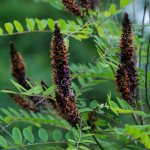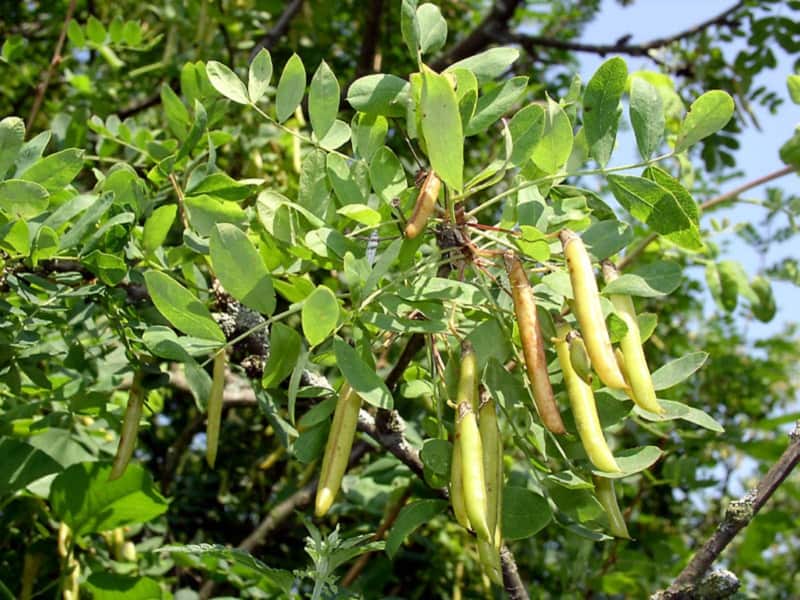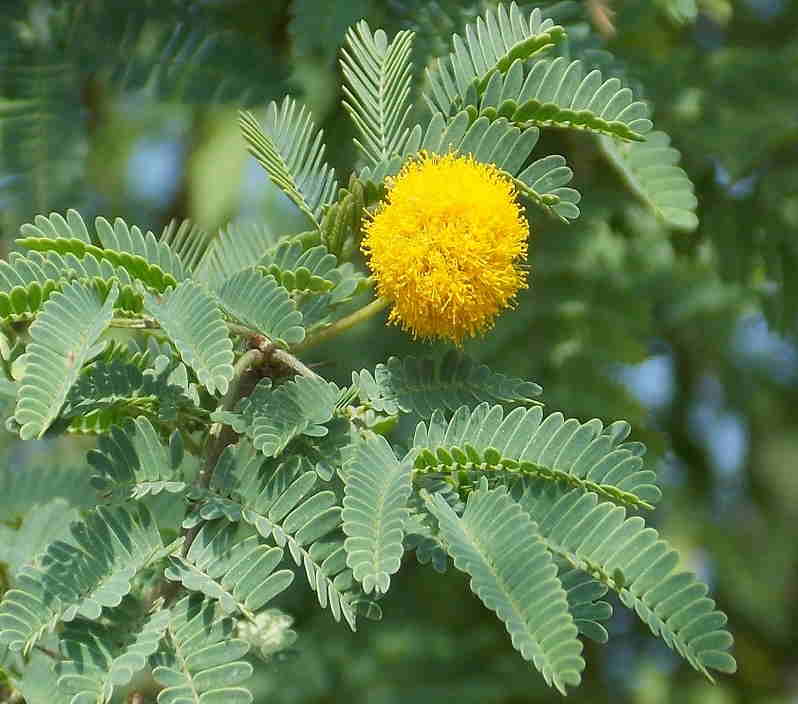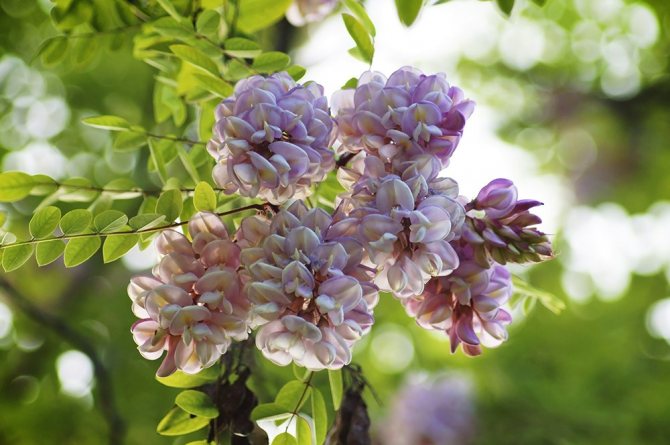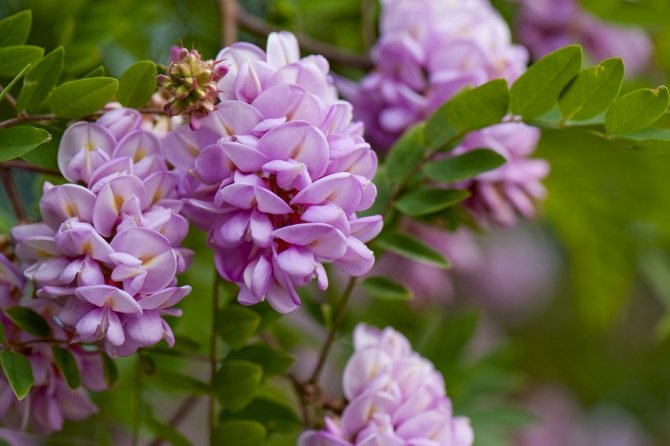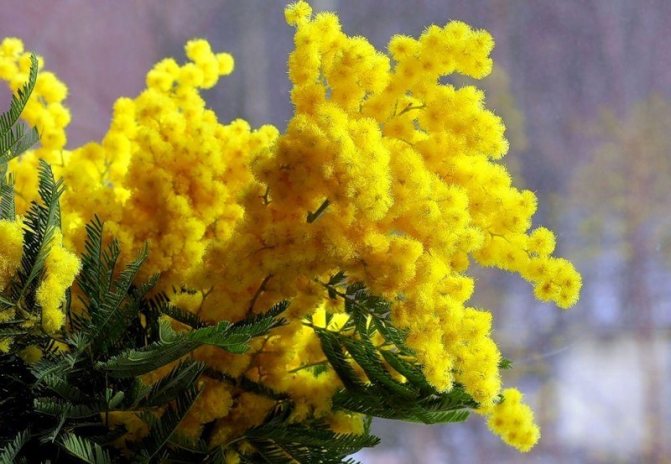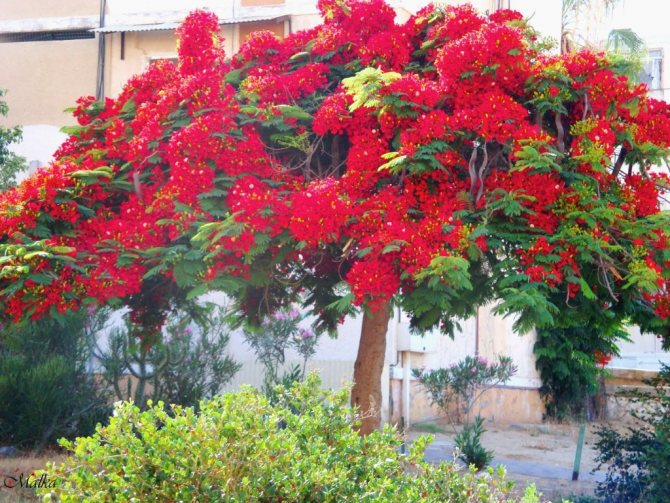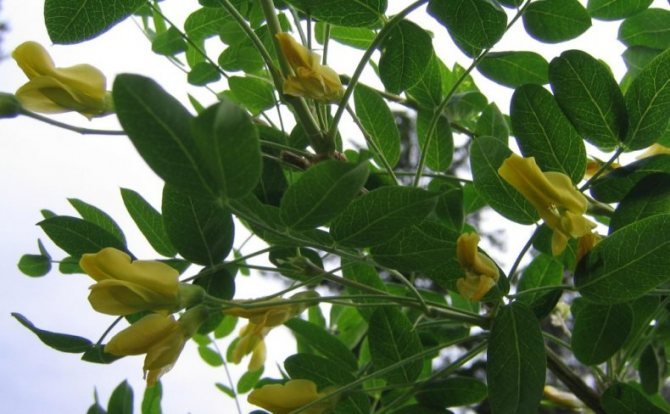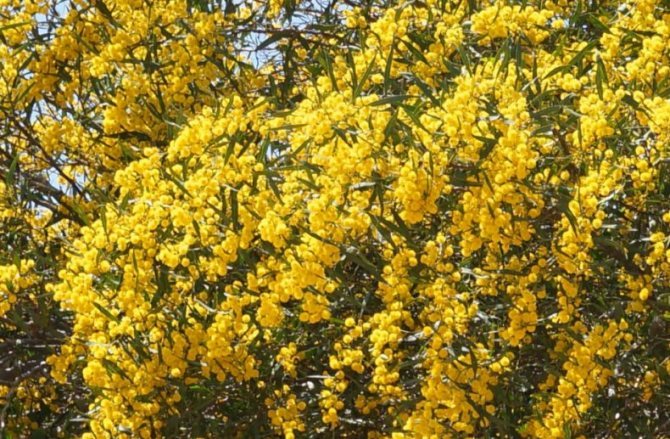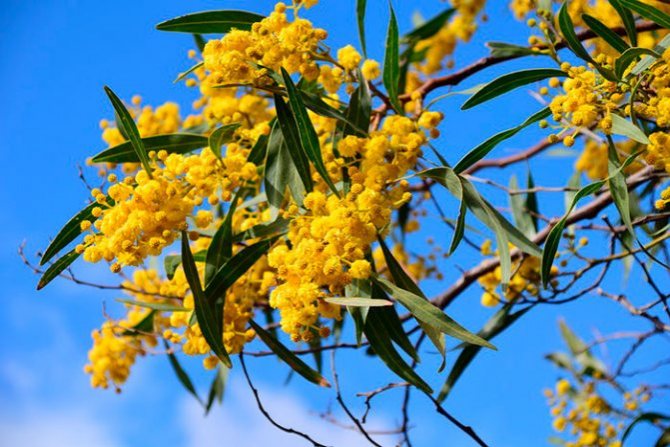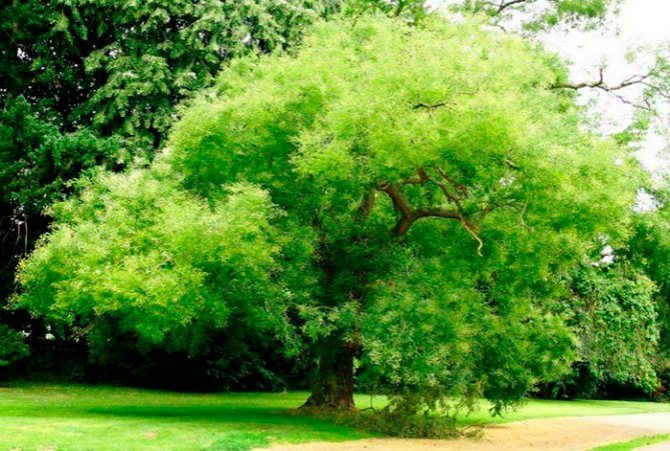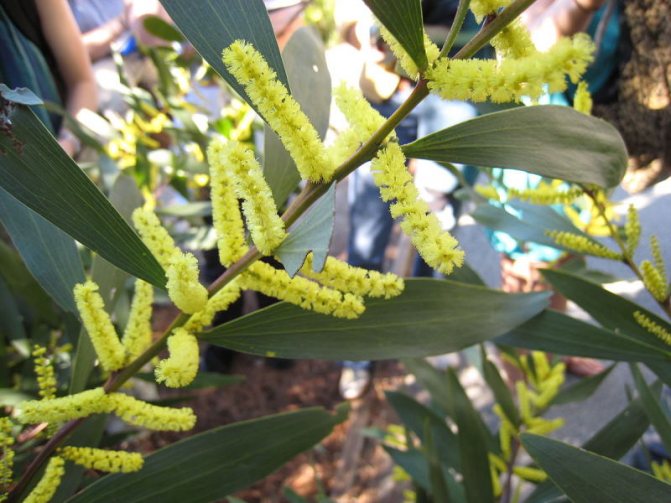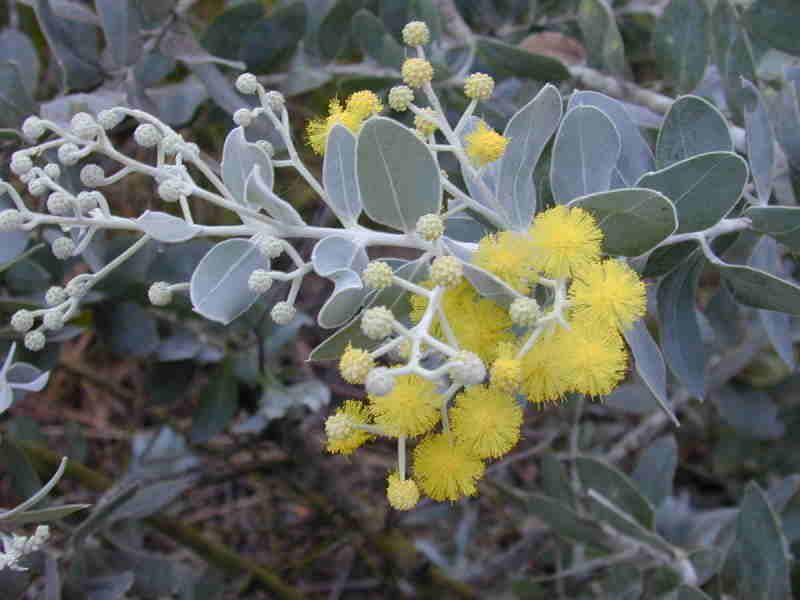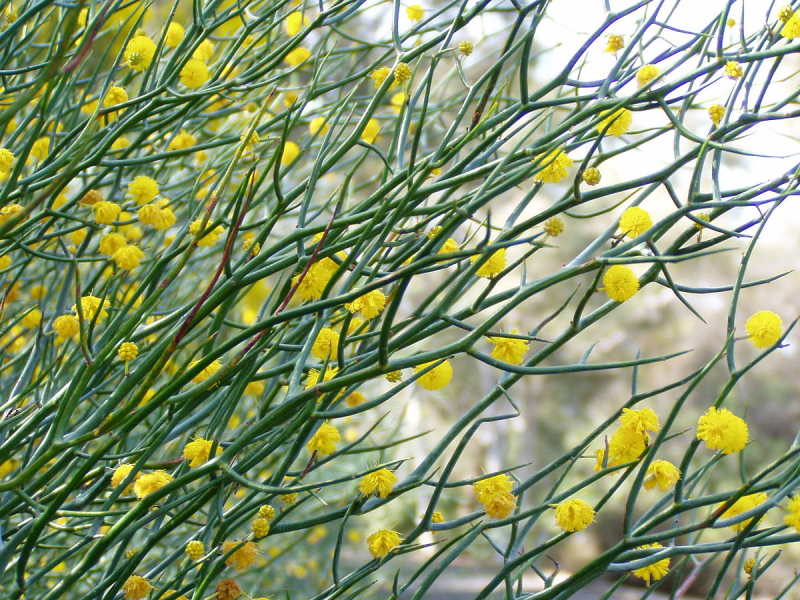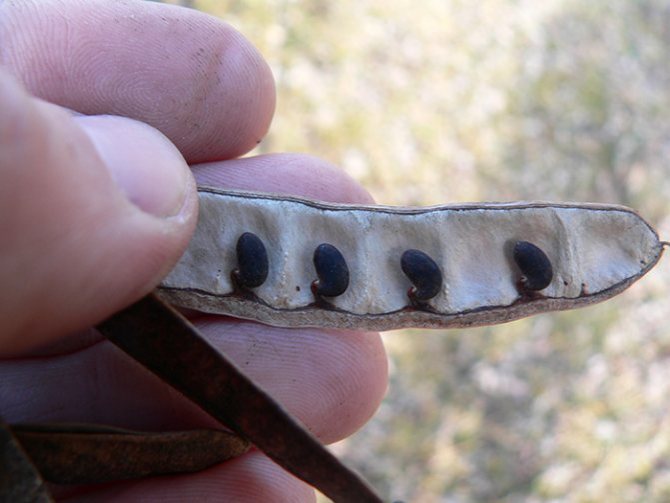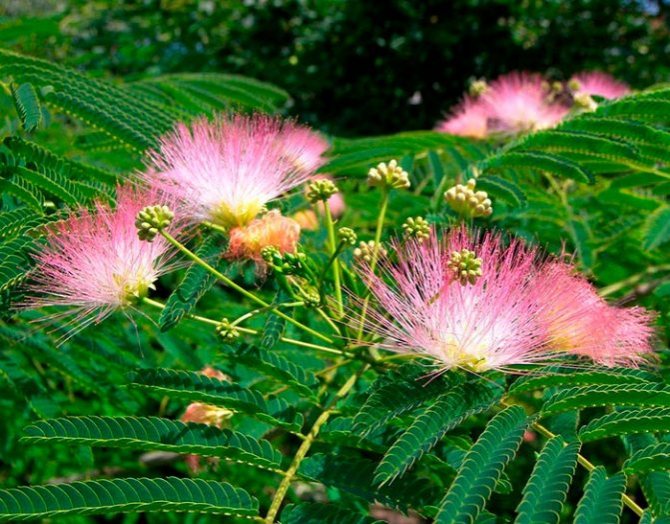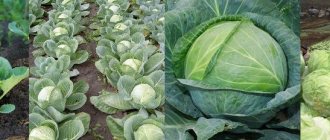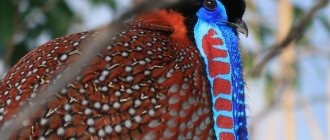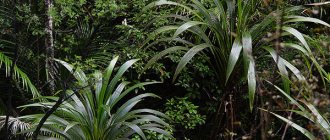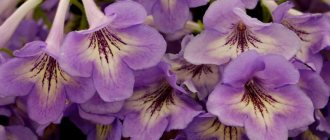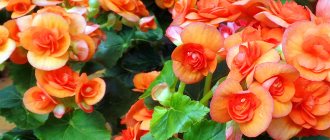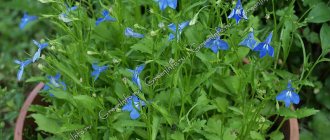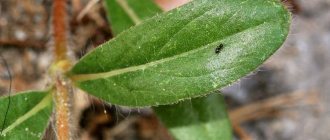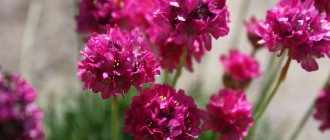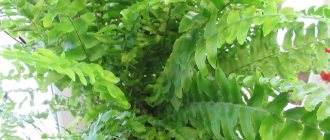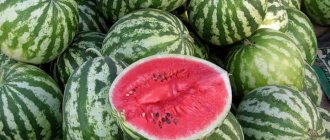The name Amorpha (Amorpha) - "shapeless" - was given to this bean shrub by Karl Linnaeus due to the "irregular" shape of the flower corolla, which instead of five petals necessary for a "normal" flower (2 make up a boat; 2 - oars; and 1 - a sail) , there is only one sail. A flower, devoid of most of the details it should be, looks really strange. If the stamens of peas and lupine are "disguised" inside the corolla, then in the amorph they stick out in plain sight - yellow on a blue background. The amorphous inflorescence is also exotic - a dense narrow-conical panicle.
Despite all of the above "defects", amorphous is one of the most beautiful flowering shrubs in its family.
Shrub amorph
Will it endure - fall in love?
Our country garden is diverse in its relief, soil conditions, and lighting options. Due to the unique microclimate, plants take root in it, which, according to book information, are risky to plant even in Voronezh. Subtropical paulownia, for example, has been growing since 2004, and there has not yet been any signal from her that she might ever get tired of it. Belamcanda, which connoisseurs consider extremely finicky, not only grows, but also generates viable seeds. Magnolia cobus practically does not freeze with wood, and blooms every year. And once every 3-4 years - a talus.
Actually, in terms of the reliability of exotic shrub trees, I'm a skeptic-pragmatist, and I'm not fourteen years old to be a reckless optimist. I perfectly understand that any of the listed persons may one day freeze out. And not something like that I have ever seen!
About the amorph in the old book it is written in black and white: “it can withstand frosts down to -18 ° C”. Another source gives it a little more - minus 20оС. - How can this shrub tolerate minus -30оС without signs of freezing, and only slightly freeze at -35оС !? I ask a rhetorical question. My version of the answer - the above data on the frost resistance of amorphous were blindly borrowed by the authors from foreign sources. I myself once read the same -18 ° C figure in a translated English book. Amorpha there, by the way, united into one company with a strawberry tree and a palm-shaped maple - and these guys are not really a friend of Santa Claus.
In our family garden, this pretty shrub appeared so long ago that no one can remember where it actually came from. Since the topography of the site resembles mountainous Switzerland, and the soils are very diverse, I experienced amorphous in the most opposite conditions. It turned out that she agrees to grow even under the canopy of trees, on the cold, light-loamy northern slope. But the shrub reached its most lush development on a completely open southern slope with sandy loam soil. At the same time, wherever the amorph grew, not a single plant not only fell out, but practically did not freeze.
In general, not everything that “cannot be cut down with an ax” can be trusted!
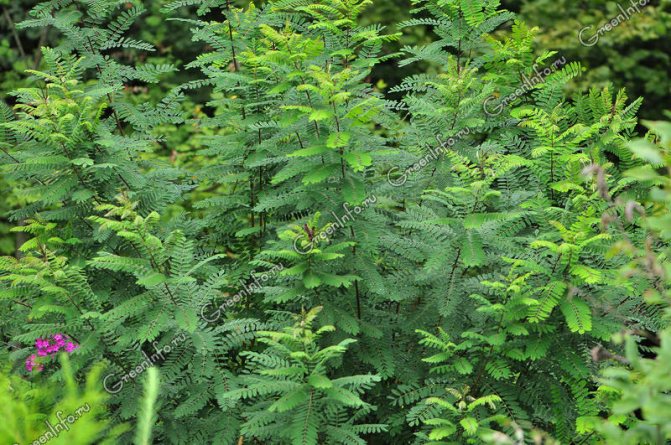
Shrub amorph
Features of the correct planting of the shrub
Acacia is a unique ornamental tree or shrub with many legends, stories and traditions associated with it. From all these sources, it can be concluded that acacia is an ancient plant, the planting rules of which have evolved over the centuries.
Nowadays, this is not such a long process, but it still has its own "pitfalls" and "traps" due to which the plant may die. Acacia is usually planted with seeds, therefore, in order to do everything correctly, the following basic planting rules must be observed:
- Seeds for planting should be bought in specialized flower shops that supply this particular product. So you can be sure that the seeds are treated with special preparations and are not infected with various diseases.
- After purchase, the seeds should be stored in a cool, dark place for some time. Seed containers are usually boxes or boxes that shield the seeds from unnecessary light. The place where the seeds are stored should not be too humid so that they cannot germinate before the appointed time.
- The period of planting seeds should correspond to the temperature regime outside. Usually, acacia seeds are planted in early spring, however, if there is still snow in your area at this time, you should not plant the seeds, as they will freeze and die. It is necessary to plant seeds when the first buds appear on the trees.
- Before planting, acacia seeds must undergo heat treatment, which will increase the immunity of the seed and destroy its thick skin, which prevents moisture from getting to the very core of the seed.
- Growing acacia seeds requires special soil, which can be purchased at a special flower shop. To improve the quality of the soil, drainage substances can be added to it, including river sand and charcoal.
- Before planting from the container, it is necessary to organize a small greenhouse in which there will be a humid microclimate with sufficient heat, air and lighting.
- After planting the seeds, it is necessary to water abundantly, which will saturate the seeds with a sufficient amount of moisture.
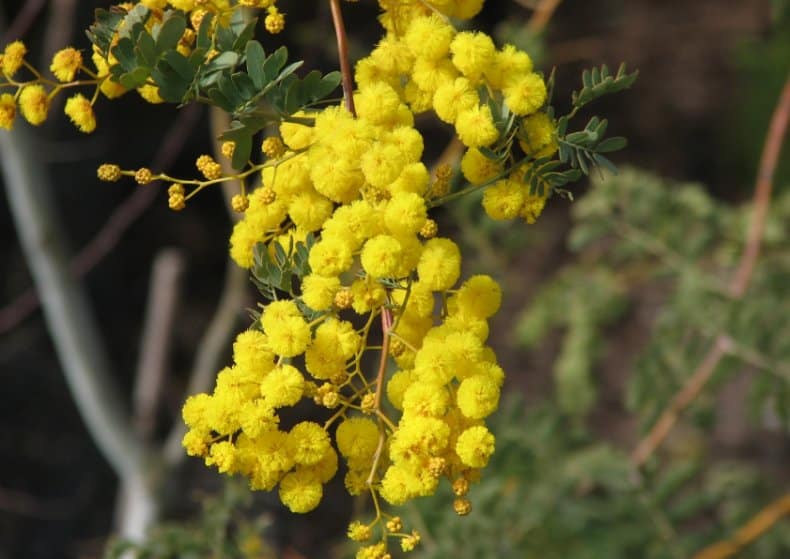

Acacia: white, yellow, Amur ... Let it be blue too!
Russians habitually operate with the word "acacia", not even suspecting that those whom they have in mind have nothing to do with real acacias. Under the name of yellow acacia we have the tree caragana (Caragana arborescens). The name white acacia is firmly attached to the robinia psendoacacia. The Amur acacia is usually called the Amur Maakia (Maachia amurensis).
Why are these three acting under pseudonyms? Everything is explained by the similarity of their leaves with the leaves of real acacias (Acacia). And they are, as a rule, large in acacias, and have a complex double-pinnate structure, like frond in some ferns. In this case, the terminal lobes of the leaves look like small (or very small) oval leaves. There are often several hundred such leaves on one sheet. Imaginary acacias also have complex leaves, but they are significantly inferior to the real ones in both the size of the leaves and the number of shares in them. The caragana has 8-14 of them, the robinia - 7-19, the maakia - from 11 to 23.


Shrub amorph
But let us finally turn to our heroine amorph. Her leaves are also pinnately dissected, and the number of leaves (from 13 to 41) she surpasses all the above-named "acacia". It seems, who, if not her, should be called an acacia? If the amorph could speak, she probably would have protested against her dissonant name herself:
- Don't call me that! Why am I worse than others ?! Call me acacia. Blue acacia!
So, from this very moment we will agree. There is no shrub amorph, let's forget this strange name. It does not suit a beauty. "Blue acacia" - this is how this shrub should be called!
Summing up - 7 secrets of success:
- Growing temperature: summer - preferably cool - 16 - 20 ° С, winter - about 10 ° С.
- Lighting: shading is possible only for the youngest plants, adults will tolerate a large amount of direct sunlight without problems.
- Watering and humidity: regular and abundant watering during the growing season, in winter, protect the soil from drying out.
- Pruning: after flowering, shoots that are too long are cut with a sharp, sterile instrument.
- Priming: perfectly drained and nutritious soil.
- Top dressing: every 2 weeks during the spring and summer months, no feeding is carried out in the fall and winter.
- Reproduction: stem cuttings in spring and summer, seeds.
You may also be interested in:
So you know
Genus acacia (Acacia) is one of the largest in the legume family (over 1300 species). True acacias are, as a rule, trees, less often shrubs adapted to the hot climate of deserts and savannas. Russians for the most part have no idea about real acacias. The only acacia that an ordinary Russian can see is the well-known "mimosa", it is also acacia silver (Acacia dealbata), a tree native to Australia, widely cultivated in the Caucasus.
The genus Amorpha (Amorpha) of the legume family has about 18 species of shrubs, and they all grow in the subtropical zone of North America. Shrub amorph (Amorpha fruticosa) is the most frost-hardy - it is the only one not only capable of wintering in central Russia, but also blooms and bears fruit. Amorph is a multi-stemmed deciduous shrub 180-200 (250) cm high with a dense, almost spherical crown. The leaves of the amorph are pinnate, consist of 13-41 neat oval leaves, which have a rather strong characteristic odor when rubbed.
|
|
Botanical description
Refers to an evergreen type of trees that reach a length of 25 meters. The trunk diameter reaches 1.2 meters. Some of them grow as shrubs.
Acacia leaves have a feathery shape, are located on the branches alternately or whorled, but numerous. Sometimes the leaves are replaced by acicular, lanceolate or widely grown cuttings.
Acacia blooms with inflorescences forming panicles or bunches. They have flowers of yellow, cream or white color. The bell-shaped calyx contains 5 petals. The flower whorl is yellow or white, tubular, with 4-5 wings.
The shrub belongs to the legume family, therefore, after flowering, its fruits are in the form of an oblong pod. In different species, the shape and features of the pod differ from each other (large, straight, curved, flat, cylindrical, opening and closed).
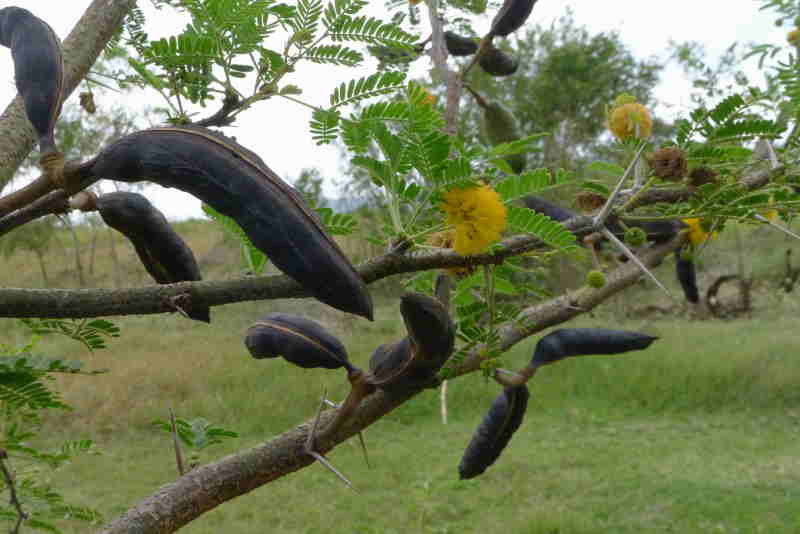

Thorns are often found on many plants, especially those that grow in the south. The tree has a strong root system. The main root goes deep, the rest branch out in the surface layers of the earth. The bark of the tree casts a silvery color, and becomes brown in the process of growth.
Bees like it too
Among the tree-like legumes, there are many outstanding melliferous plants. The honey productivity of Robinia, for example, is estimated at 800 kg from a conditionally solid hectare. Caragana can produce 350 kg of honey per hectare of planting. Russian broom is also a good honey plant; it is capable of producing 100 kg / ha. There is little information about the amorph as a honey plant. There is information that in the Chernozem region, continuous amorphous plantings yield 50-100 kg of honey per hectare.
It is believed that the arid south is more suitable as a melliferous amorphous plant (Astrakhan, Volgograd, Rostov regions; Stavropol and Kuban). Amorph is attractive for its late and rather long flowering. Blooms in late June - early July and blooms for 3-4 weeks. Meanwhile, it may turn out to be interesting for the Non-Black Earth Region. According to our observations, bees actively visit it, collect nectar and a bright orange polish from it. In the Non-Black Earth Region, where there is more than enough free land, amorph can be planted on fallow lands and in inconvenience, as a safety melliferous plant. We have amorphous flowers in bloom almost all of July, sometimes its flowering goes to the beginning of August. Thus, she can provide supportive late-summer bribes.
For beekeepers, the shrub is attractive because of its extreme unpretentiousness to soil conditions, so it can be recommended for planting apiaries in areas with marginal podzolic soils, and on lean sandy loam. Casing costs will be justified in any case, because amorphous is very durable. And planting material is easy to grow from seeds.
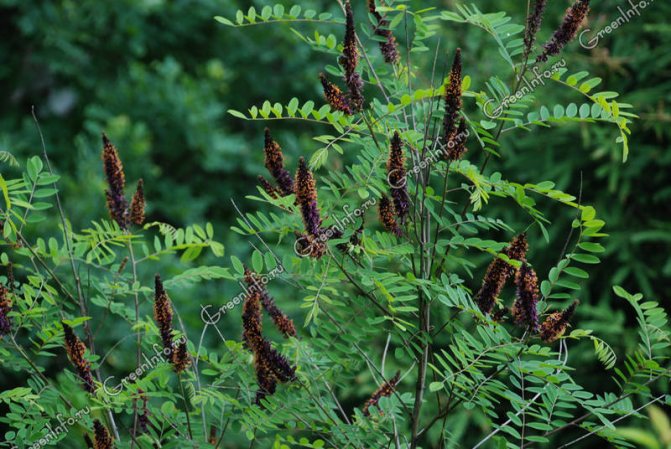

American amorph in your garden
Amorph is completely undemanding to soil fertility, but prefers light, well-drained and aerated soils. In our garden, she grew beautifully on a steep slope with a skinny sandy loam. Such unpretentiousness for legumes is typical and is explained by the presence of nodule bacteria on their roots, with the help of which the plants "feed" themselves with nitrogen. At the same time, there are two most important factors that must be taken into account so that the shrub does not experience oppression. The soil should be sufficiently light, permeable, and the insolation should be constant and complete.
Landing place. The soil. Amorph tolerates shade, but grows much better in fully open areas. It's not bad if it's sheltered from the cold winds. Groundwater, the deeper the better, but not closer than 150 cm.
When planting a separate bush, a hole is dug with a depth and diameter of about 50 cm. The planting place is filled with a mixture of turf soil, humus and sand 1: 1: 2. It is also useful to add ash there (half a bucket per seat) and (or) a mineral NPK mixture - 80-100 g.
Fertilizer. Watering. Unpretentiousness - unpretentiousness, but good care has not harmed anyone yet. Fertilizer has a beneficial effect on the development of amorphous and its decorative effect. The main thing is not to use fresh organic matter and apply fertilizers in doses - in small doses, but more often, alternating their different types: humus and composts, ash, mineral water, fallen leaves, etc.
Although the roots of the amorph are well anchored, digging the trunk circle is still undesirable. It is better to fertilize the shrub superficially by mulching. It is advisable to add mulch with a layer of 4-5 cm 1-2 times per season, in the interval from May to October, within a radius of 50-60 cm from the center of tillering. From time to time, combining this with weeding and loosening, fertilizer is embedded in the lower horizons of the soil.
As mulch, you can use stale humus and composts, or even just highly fertile leafy soil. An excellent mulch is leaf humus or the leaves of broad-leaved species such as linden, maple, oak, alder. Ranging with organic matter, you can practice dry dressing with mineral water, pouring NPK mixture or superphosphate granules around the trunk - 10-15 g per bush.
As for watering, then, when planting on flat terrain, in years with average precipitation, it is practically not needed. In dry years or in the absence of rainfall for a long time, watering is recommended at least once a week. It is advisable to do this in the evening, in small doses, but more often. In order not to form a crust, the soil at the foot of the shrub needs to be loosened from time to time or shallowly hoed.
Reproduction. Amorph can be propagated by green cuttings or seeds. The amorphous fruit is a short pod with one, rarely two disc-shaped seeds, similar to a reduced lentil seed. Our experience with seed propagation shows that it is less laborious and more reliable than cuttings.
Those who want to propagate amorph by the seed method should know that the fruits must be harvested after their browning - not earlier than mid-September, and immediately sown to a depth of 1-3 cm - in rows with row spacing of 10-15 cm. In one or two- in summer, seedlings should be planted on baboutlarger food area or in containers.
Amorphous seedlings develop quite quickly. At the age of two, they reach a height of 30-50 cm, and at the age of 4 they bloom. By the age of 9-10 years, the shrub reaches full development and further grows in almost the same framework.It is better to plant young plants not older than 3-4 years in a permanent place - they take root better.
If the bush is frozen. In severe frosts, the ends of the branches can freeze at amorphous. And in extremely harsh winters, it can freeze over and on the snow cover. I have never personally witnessed more severe injuries. Fortunately, the amorphous root system never suffers, and the crown of the shrub is easy to correct by pruning. To do this, you need to wait until the leaves are completely dissolved and remove the frost-damaged twigs with shrub scissors to healthy wood.
Tree-like


The tree-like acacia is often called yellow or dwarf, despite the fact that the growth of the shrub can reach up to 5-7 m in height. In Russia, it is also customary to call it "pea" because of the appearance of the inflorescences in the warm season. There are few leaves on the tree, only 5-6 pairs on one leg. Flowers are yellow, medium-sized, which are attributed to the moth species. The name appeared because of the branches that bend and go down. The tree is very useful for its properties, which are used in medicine.
It is not difficult to care for the tree-like acacia. It decorates household plots well and creates good shade. Wood likes direct sunlight and has no problem in contact with other plants in the neighborhood. At the beginning of the growth of the seedling, it is important to form the correct crown and remove excess shoots in time, which begin to grow actively in the warm season. The tree is completely unpretentious in care or watering at a more mature age. Reacts favorably to mineral or peat fertilizers. In the cold season, it is better to take care of its root system, additionally covering the ground with leaves or a film.
You will find out - you will love
With all due respect to flowers, the main decoration of all acacias, real and imaginary, is still leaves. In our middle lane, such leaves are not found in nature. Therefore, their openwork ligature is so striking. The leaves of the amorph are the most spectacular of the "acacias", and are inferior in beauty only to the "silk acacia" cultivated in our south - Albizia julibrissin. This subtropical tree, by the way, is located very close to real acacias on the botanical "family tree".
Amorph has the valuable quality of keeping the leaves fresh all season long. After the first night frosts, her leaves turn yellow, but they continue to stick to the bush. They usually fall off in mid-October and everything at once, almost simultaneously. But even after the fall of leaves, the amorphous bushes remain attractive due to the pleasant-looking yellowish-green bark and the peculiar graphics of the branches.
Amorph has not yet attracted close attention of landscapers. They haven't figured it out yet. After all, she has several qualities that are valuable from the point of view of practical gardening. It retains its decorative effect from the moment the leaves dissolve to leaf fall; it does not need to be watered or fertilized; it is resistant to urban gas pollution. In general, this is one of the few truly maintenance-free shrubs.
Application
Robinia is considered an invasive species, since, quickly developing new places, it disrupts the natural ecosystem of the region, displacing weaker species and expanding the range. Despite this, nowhere do they strive to completely exterminate the white acacia, given its medicinal and other useful properties.
Wood
The robinia woodland belongs to the sound species. It has a light greenish-brown or grayish-yellow shiny surface with a contrasting pattern of annual rings and pith rays. It is a tough solid material that surpasses oak and ash in density. In the process of drying, it is capricious, but in finished form it acquires plasticity, biostability and wear resistance. It lends itself well to all types of carpentry processing, bends, holds any types of fasteners, is impregnated with varnishes and paints.
White acacia is suitable for external and internal construction work: it is used when installing earth piles, erecting supports in mines, railway sleepers, temporary bridges, fences. It is used to make furniture, wall finishing panels, parquet flooring, hatchets, and agricultural implements handles.
Traditional medicine and homeopathy
Flowers, bark and young sprigs of white acacia in folk medicine are used to prepare medicinal decoctions and infusions for influenza, pneumonia, rheumatic and muscle pains, neuralgia, kidney disease, bladder, liver, stomach, intestines. Alcoholic tincture of the bark is used to increase acidity, with hypokinetic cholecystitis.

